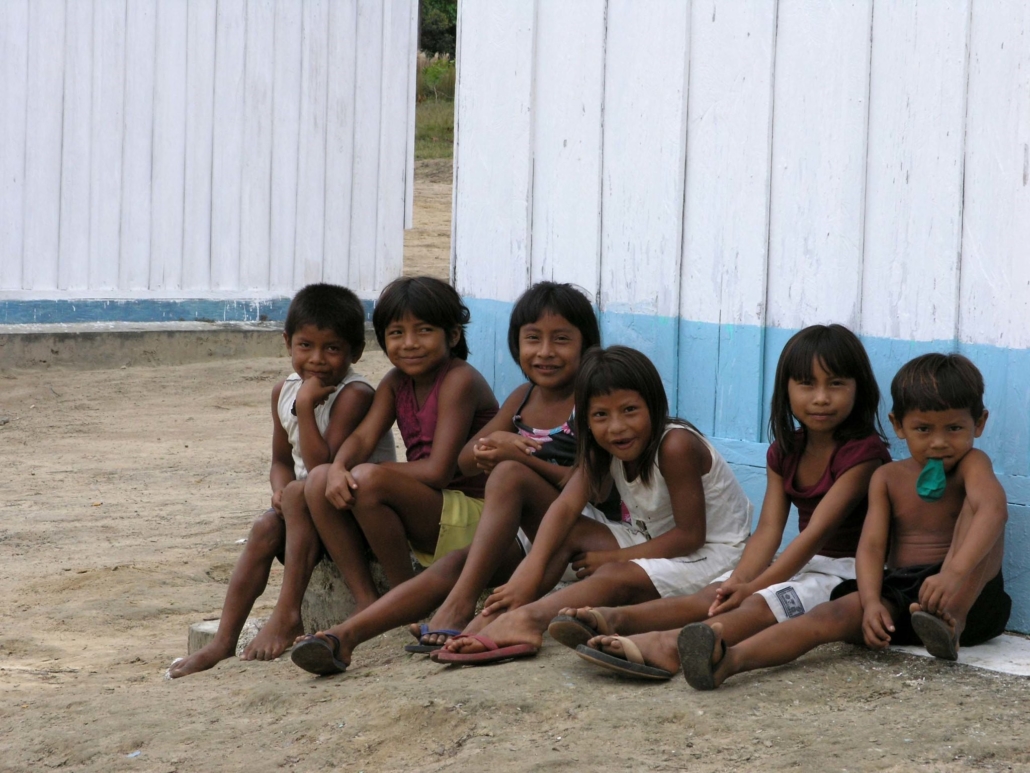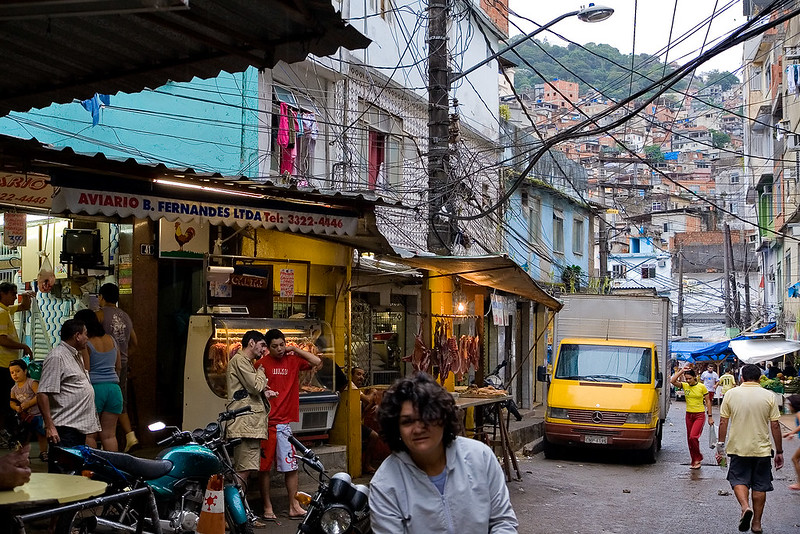 Brazil is the largest country in South America, with a population of around 211 million people. In 2022, 50.7% of the population completed high school, approximately 2.19 times more than in 2000. There have been many successful initiatives to improve the access and quality of education in Brazil, some of which this article explores further, such as Indique and the Salvador Assessment Program (PROSA), monitoring systems in Salvador, Brazil.
Brazil is the largest country in South America, with a population of around 211 million people. In 2022, 50.7% of the population completed high school, approximately 2.19 times more than in 2000. There have been many successful initiatives to improve the access and quality of education in Brazil, some of which this article explores further, such as Indique and the Salvador Assessment Program (PROSA), monitoring systems in Salvador, Brazil.
Indique, PROSA and Chegando Junto
Indique is a tool that allows parents, carers and other members of the Salvador community to voice their feedback and opinions about students’ education. This allows educators to see what initiatives are having a positive impact and what they could do to support students further.
Since 2022, Brazil has implemented PROSA in every primary school grade in Salvador. This test allows educators to see the extent of the majority of students’ knowledge and so helps indicate what areas are effectively being improved and what areas require more practice. It also tests the efficacy of government education programs. Due to the high number of students who take the exam, results are more generalisable and representative of students.
This initiative groups students who are two or more years behind their grade in terms of educational achievement together, according to the World Bank. This allows them to learn in an environment alongside learners who have a similar level of understanding, therefore allowing the teacher to focus more on helping them catch up. It also makes the learning environment more comfortable and less daunting for learners.
Technology
The Lemann Foundation has employed the help of technology to aid students in their learning. It supported the education ministry’s Programa Educação Conectada, a scheme that provided 6 million students with strong and secure internet connections. This would be vital as internet connections will allow pupils to complete homework, assignments and revision as well as access extra learning resources that can strengthen and deepen their understanding.
The Lemann Foundation has contributed to the provision of such resources by partnering with the Khan Academy to give approximately 600,000 students access to courses on maths, history, science and more, every month, helping improve education in Brazil. This allows students to go beyond the material they are learning at school, as well as enhancing their knowledge of the content in the curriculum.
Bolsa Familia and the Favela Foundation
This program creates incentives for families to send their children to school, providing approximately $35 to families living in poverty. It helps families send their children to school, and for health checkups, something that poverty prevents many children from accessing. It has benefited 50 million people in Brazil and is very beneficial for families living in poverty. The program has also inspired many other countries to develop their version of this, including countries like Indonesia, Mexico and South Africa.
The Favela Foundation funds educational and sports projects for children. For example, it has worked with the Alfazendo Ecorede organization to provide teacher training in the City of God favela in Rio de Janeiro. This training ensures that teachers know how to successfully support and teach students in favelas.
The Future
These programs and numerous others have grown and helped millions of people and inspired other countries. Statistics show that such initiatives are making a significant impact—the number of Brazilian graduates has tripled from 2000 to 2022. Hopefully, in the future, education in Brazil will continue to improve and prosper.
– Maryam Abdalla
Maryam is based in the UK and focuses on Good News, and Politics for The Borgen Project.
Photo: Flickr
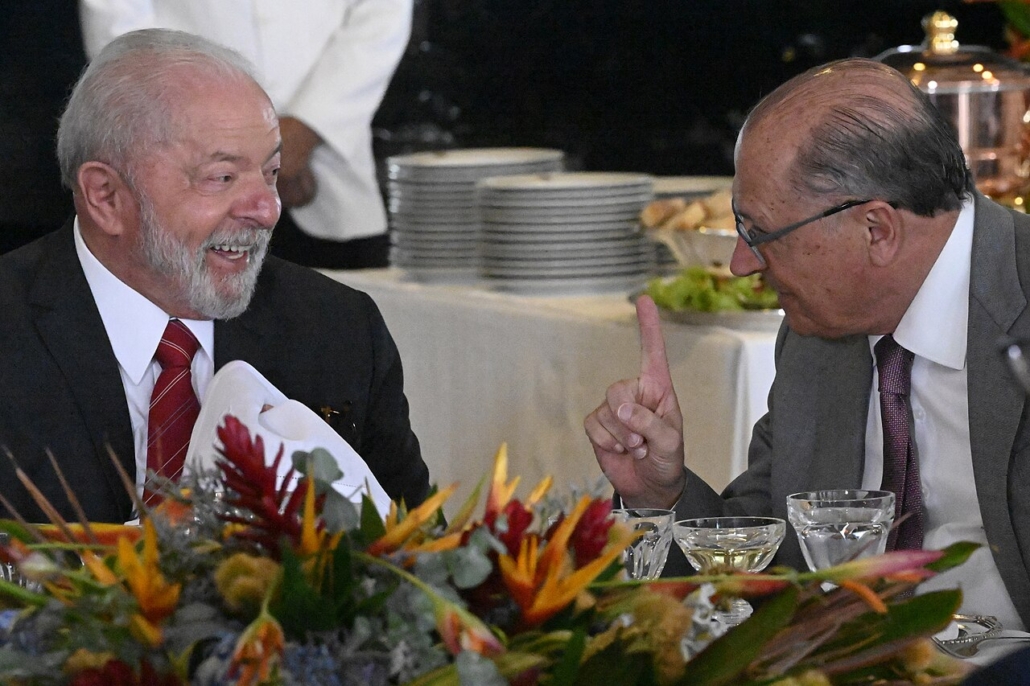
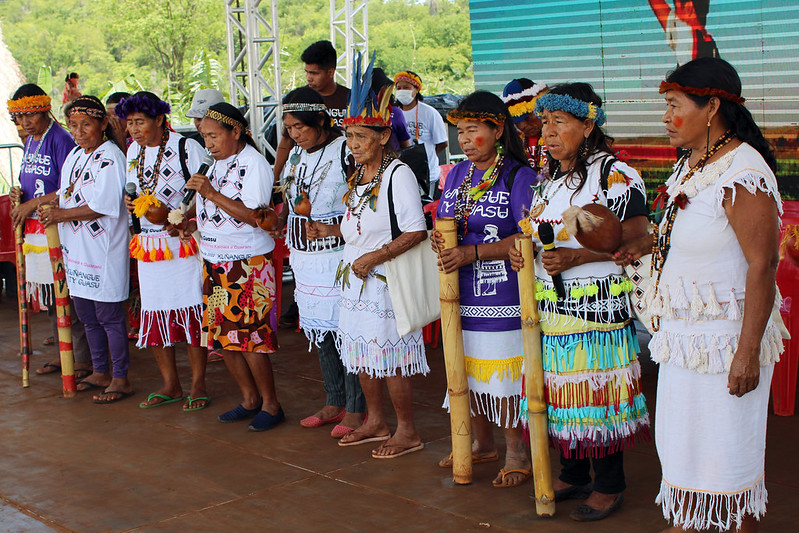 According to 2022 Statista data, Indigenous poverty in Brazil stands
According to 2022 Statista data, Indigenous poverty in Brazil stands 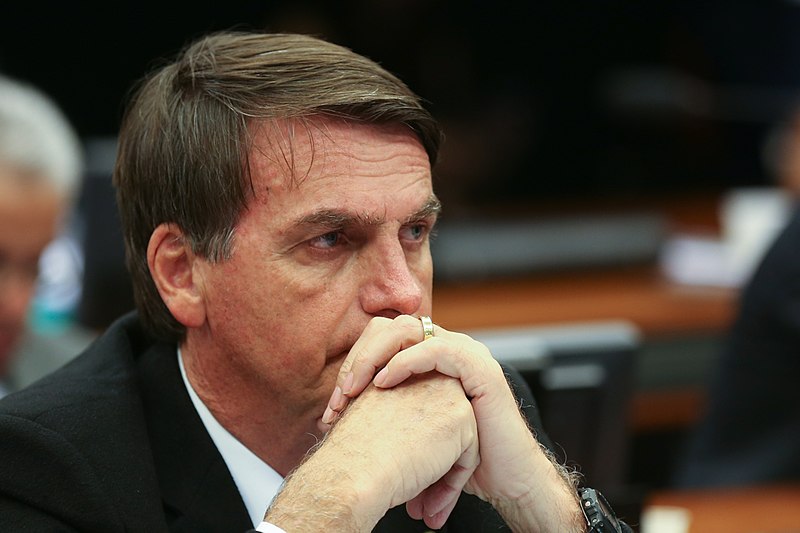
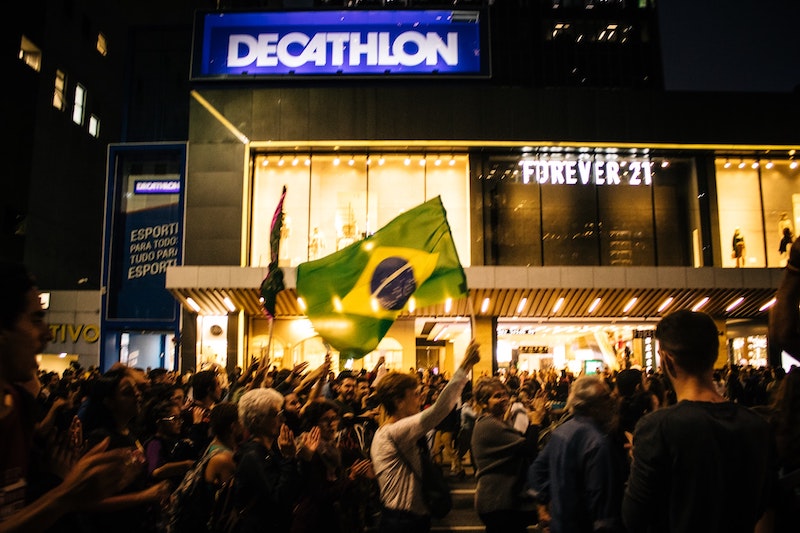
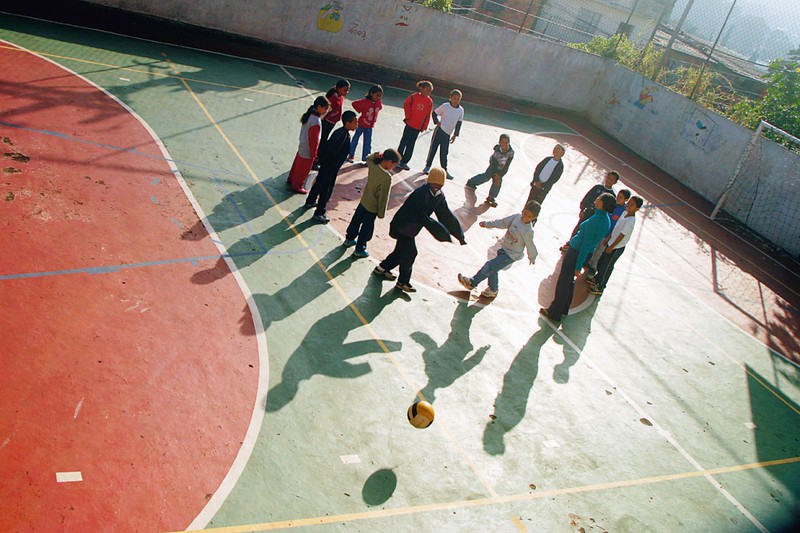
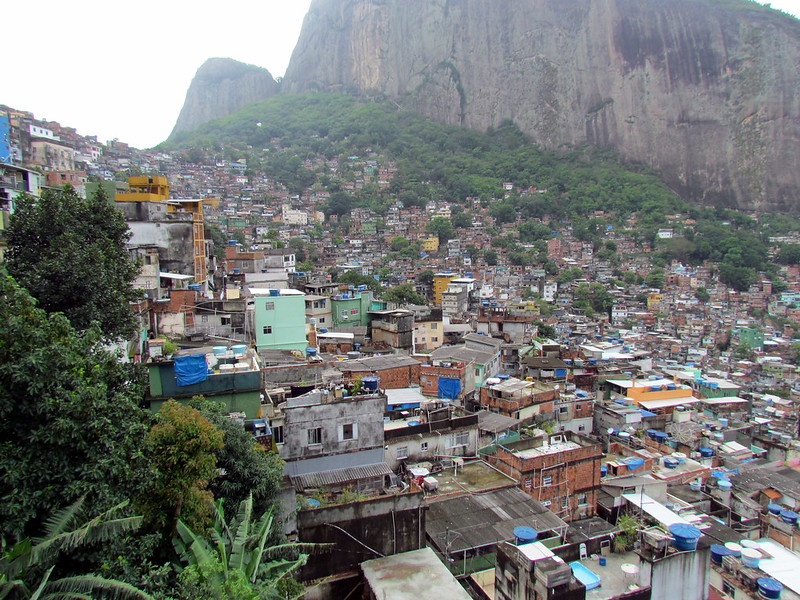 As the impact of the COVID-19 on impoverished populations in Brazil continues, volunteers are providing support to community food pantries. Impromptu pantries are granting food to as many Brazilians as possible. Following the suspension of government emergency payments through the program Bolsa Familia, poverty in Brazil has quickly risen. The New York Times recently reported that Rio de Janeiro children have been
As the impact of the COVID-19 on impoverished populations in Brazil continues, volunteers are providing support to community food pantries. Impromptu pantries are granting food to as many Brazilians as possible. Following the suspension of government emergency payments through the program Bolsa Familia, poverty in Brazil has quickly risen. The New York Times recently reported that Rio de Janeiro children have been 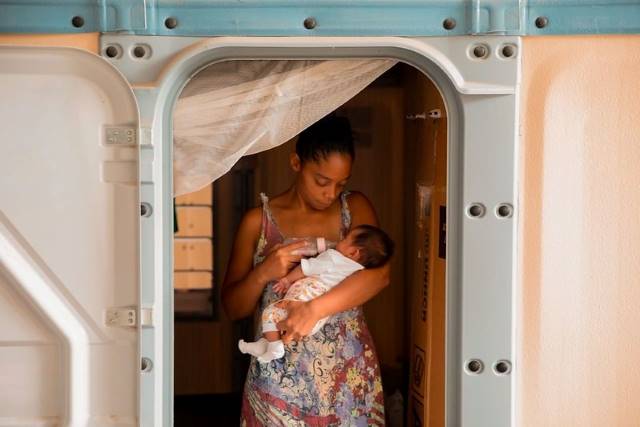 Due to the ongoing turmoil in Venezuela, many of the country’s citizens are fleeing for refuge in other countries in Latin America. According to the U.N. Refugee Agency (UNHCR), the Venezuelan refugee crisis is among the worst in the world. Currently,
Due to the ongoing turmoil in Venezuela, many of the country’s citizens are fleeing for refuge in other countries in Latin America. According to the U.N. Refugee Agency (UNHCR), the Venezuelan refugee crisis is among the worst in the world. Currently, 